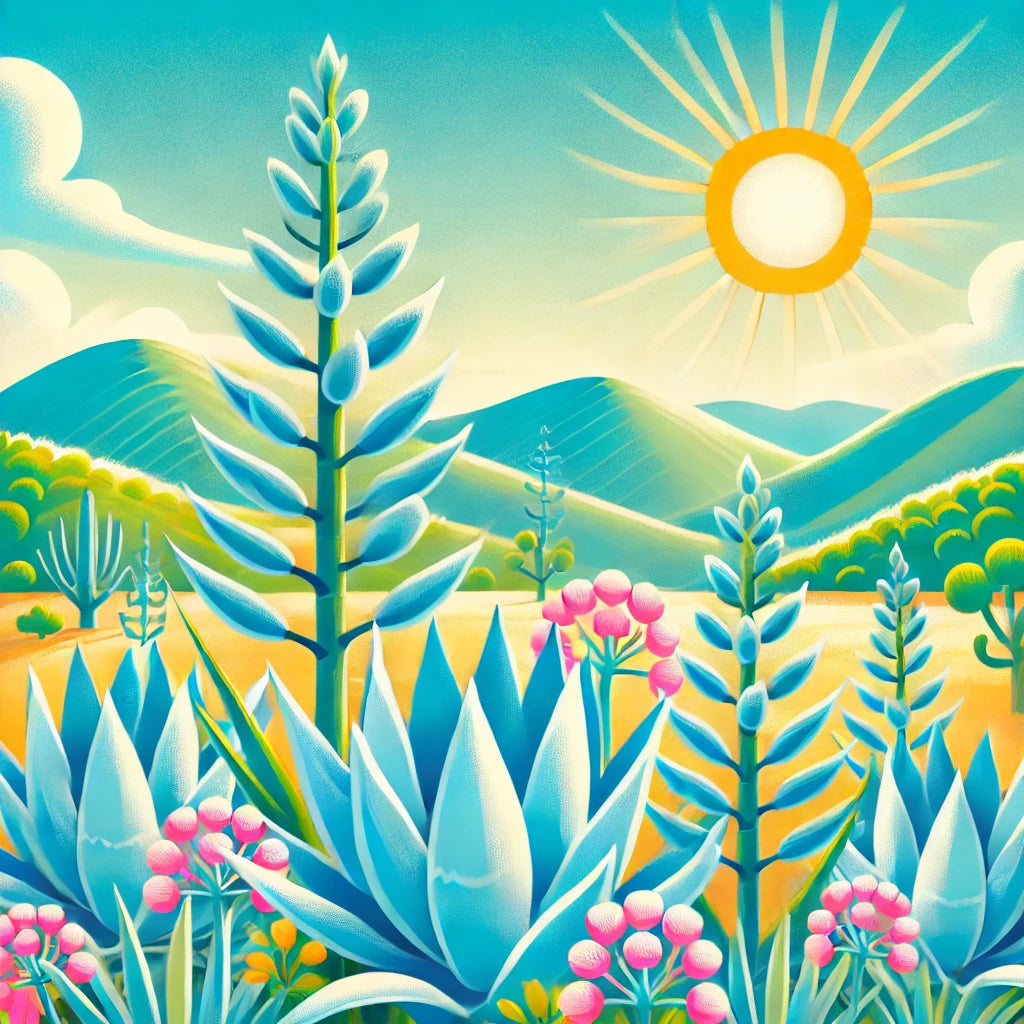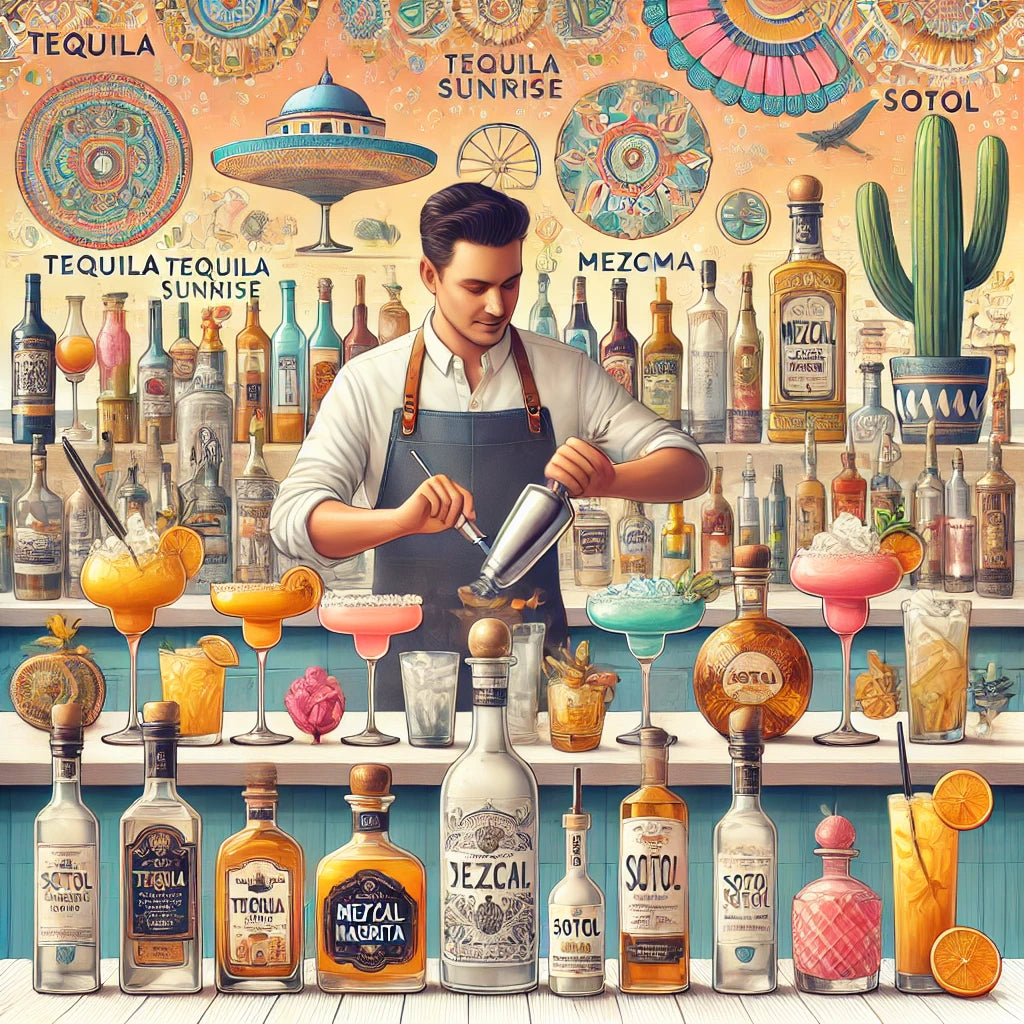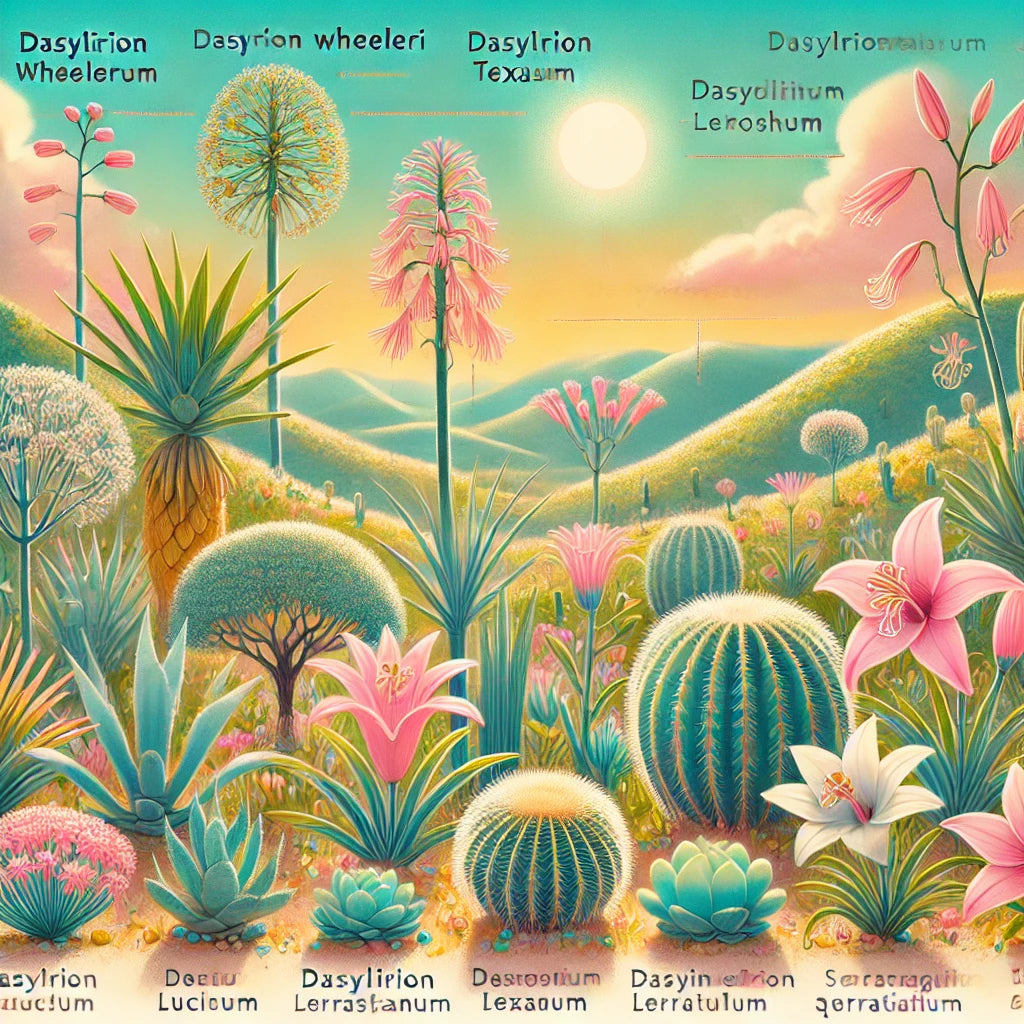
Tequila 101 : All about the Blue Agave and its delicious nectar
Introduction to the Blue Agave Plant
Welcome to the captivating world of the Blue Agave plant, the heart and soul of tequila. Whether you're a tequila enthusiast like most of us at Dirty D or simply curious about this remarkable plant, this comprehensive guide will take you through the origins, growth process, seasonality, challenges, and cultural significance of the Blue Agave. So, grab a glass of your favorite tequila and join us on this educational journey written by our passionate co-owner and renowned mixologist Manny Vides Jr.!
Origins of the Blue Agave Plant
The Blue Agave plant, scientifically known as Agave tequilana, is a species of the Agavaceae family. Native to the Jalisco region of Mexico, this plant has been cultivated for centuries by indigenous peoples. The term "agave" itself is derived from the Greek word "agavos," meaning "noble" or "admirable," a fitting name for such a revered plant.
The Blue Agave's association with tequila began in the early 17th century when Spanish colonists discovered the local indigenous people fermenting agave to create a primitive alcoholic beverage. The Spaniards refined this process, eventually leading to the production of tequila as we know it today.
Growth Process of the Blue Agave Plant
Growing the Blue Agave plant is a meticulous and time-consuming process that requires patience and expertise. Here's a detailed look at the various stages of its growth:
1. Propagation
The Blue Agave plant is propagated through offsets, also known as "hijuelos," which are small shoots that grow around the base of the mother plant. These hijuelos are carefully removed and replanted to start a new agave cycle.
2. Planting
Once the hijuelos are mature enough, they are planted in well-drained soil, usually during the rainy season to ensure they receive adequate moisture. The ideal conditions for growing Blue Agave include high altitudes (between 1,500 and 2,000 meters above sea level), volcanic soil, and a temperate climate.
3. Growth
The Blue Agave plant has a long growth cycle, typically taking between 6 to 8 years to reach maturity. During this period, the plant develops a rosette of thick, fleshy leaves with sharp spines along the edges. The plant's core, known as the "piña" due to its resemblance to a pineapple, is the part used in tequila production.
4. Harvesting
When the Blue Agave plant is fully mature, expert jimadores (agave farmers) use a specialized tool called a coa to remove the leaves and expose the piña. This harvesting process requires skill and precision to ensure the plant's heart remains intact.
5. Replanting
After the piñas are harvested, the cycle begins anew with the replanting of hijuelos. This sustainable approach ensures a continuous supply of Blue Agave plants for future tequila production.
Seasonality of the Blue Agave Plant
The Blue Agave plant's growth and harvesting cycles are closely tied to the seasons. Understanding these seasonal patterns is crucial for maintaining the health and productivity of agave fields:
Spring
Spring is a crucial period for the Blue Agave plant, as this is when the hijuelos are typically replanted. The increased rainfall during this season helps young agave plants establish strong root systems.
Summer
During the summer months, the Blue Agave plant enters a phase of rapid growth. The combination of warm temperatures and abundant sunlight encourages the development of the plant's thick, fleshy leaves.
Autumn
In autumn, the growth of the Blue Agave plant slows down as temperatures begin to cool. This is also the time when jimadores start to evaluate the readiness of mature plants for harvesting.
Winter
Winter is a period of dormancy for the Blue Agave plant. The cooler temperatures and reduced sunlight slow down the plant's metabolic processes, allowing it to conserve energy for the next growth cycle.
Challenges in Growing Blue Agave
While the Blue Agave plant is hardy and well-adapted to its native environment, several challenges can impact its growth and productivity:
1. Pests and Diseases
The Blue Agave plant is susceptible to various pests and diseases, including the agave weevil and fungal infections. These threats can damage the plant and reduce the yield of usable piñas.
2. Climate Change
Climate change poses a significant challenge to agave cultivation. Changes in temperature and precipitation patterns can disrupt the plant's growth cycle and affect the quality and quantity of the harvest.
3. Soil Degradation
Intensive farming practices can lead to soil degradation, reducing its fertility and ability to support healthy agave plants. Sustainable farming practices are essential to maintaining soil health and ensuring long-term productivity.
4. Water Scarcity
Water is a critical resource for agave cultivation, and water scarcity can severely impact crop yields. Efficient water management practices are necessary to ensure the plants receive adequate moisture throughout their growth cycle.
Cultural Significance of the Blue Agave Plant in Mexico
The Blue Agave plant holds a special place in Mexican culture, deeply intertwined with the nation's history, traditions, and identity. Here are some aspects of its cultural significance:
1. Historical Roots
The use of agave plants dates back to ancient Mesoamerican civilizations, such as the Aztecs and the Mayans. These cultures used agave for various purposes, including food, fiber, and religious rituals. The plant's sap, known as aguamiel, was fermented to produce pulque, a traditional alcoholic beverage.
2. Symbol of Mexican Identity
Tequila, made from the Blue Agave plant, is one of Mexico's most iconic exports and a symbol of national pride. The spirit is celebrated in festivals, music, and art, reflecting its importance in Mexican heritage.
3. Economic Impact
The cultivation of Blue Agave and the production of tequila are significant contributors to Mexico's economy. The industry provides employment for thousands of people, from farmers and jimadores to distillers and marketers.
4. Traditional Practices
The process of making tequila is steeped in tradition, with many producers adhering to time-honored methods passed down through generations. These practices not only ensure the quality of the spirit but also preserve cultural heritage.
5. Social and Ritual Significance
Tequila is often enjoyed in social settings, bringing people together to celebrate special occasions or simply to enjoy each other's company. In Mexican culture, it is customary to toast with tequila, accompanied by the phrase "¡Salud!"
Popular Queries About the Blue Agave Plant
As interest in tequila and the Blue Agave plant grows, several common questions arise. Here are some of the most popular queries and their answers:
1. What is the Blue Agave Plant?
The Blue Agave plant, also known as Agave tequilana, is a succulent native to Mexico. It is the primary ingredient in tequila production, prized for its high sugar content and distinctive flavor profile.
2. How Long Does it Take to Grow Blue Agave?
The Blue Agave plant typically takes between 6 to 8 years to reach maturity, although some plants can take up to 10 years. This lengthy growth period is necessary for the plant to develop the high sugar content needed for premium tequila production.
3. Where is the Blue Agave Plant Grown?
While the Blue Agave plant is primarily grown in the Jalisco region of Mexico, it is also cultivated in other areas within the Tequila Denomination of Origin, including parts of Guanajuato, Michoacán, Nayarit, and Tamaulipas. These regions provide the ideal conditions for growing agave, including volcanic soil and a temperate climate.
4. What Makes Blue Agave Different from Other Agave Plants?
Blue Agave is unique among agave species due to its high sugar content and distinct flavor profile, which make it ideal for tequila production. Unlike other agave plants, Blue Agave must be used exclusively to produce tequila, ensuring the spirit's quality and authenticity.
5. What Are the Different Types of Tequila Made from Blue Agave?
Tequila made from Blue Agave can be classified into several categories based on aging:
- Blanco (Silver): Unaged or aged for less than two months, with a clear color and pure agave flavor.
- Reposado: Aged between two months and one year, with a golden color and a smooth, balanced flavor profile.
- Añejo: Aged between one and three years, with a dark amber color and complex flavors of caramel, vanilla, and oak.
- Extra Añejo: Aged for over three years, offering a rich, layered flavor profile and deep, dark color.
6. How is Tequila Different from Mezcal?
While both tequila and mezcal are distilled spirits made from agave, there are several key differences:
- Type of Agave: Tequila must be made from Blue Agave, while mezcal can be made from various agave species.
- Production Process: Tequila is typically produced using industrial methods, whereas mezcal often involves traditional, artisanal techniques, such as roasting agave in earthen pits.
- Flavor Profile: Tequila tends to have a cleaner, more refined taste, while mezcal is known for its smoky, earthy flavors.
7. What Are the Health Benefits of Blue Agave?
Blue Agave contains inulin, a type of dietary fiber that has several potential health benefits, including improving digestion, promoting weight loss, and supporting healthy blood sugar levels. However, it's important to consume tequila in moderation to enjoy these benefits without negative effects.
The Role of the Blue Agave Plant in Sustainable Agriculture
As the demand for tequila grows, so does the importance of sustainable farming practices for Blue Agave. Here are some ways the industry is working to ensure the sustainability of agave cultivation:
1. Crop Rotation and Biodiversity
To prevent soil degradation and promote biodiversity, some farmers practice crop rotation and intercropping, planting other crops alongside agave. This helps maintain soil fertility and reduces the risk of pests and diseases.
2. Water Conservation
Given the importance of water for agave cultivation, many producers are implementing water-saving techniques, such as drip irrigation and rainwater harvesting, to ensure efficient use of this precious resource.
3. Organic Farming
Organic farming practices, such as using natural fertilizers and pest control methods, are gaining popularity among agave farmers. These practices help protect the environment and produce healthier plants.
4. Supporting Local Communities
The tequila industry plays a vital role in supporting local communities by providing employment opportunities and investing in infrastructure and education. By fostering strong relationships with local communities, the industry ensures the long-term sustainability of agave cultivation.
Conclusion: Celebrating the Blue Agave Plant
The Blue Agave plant is much more than just the primary ingredient in tequila. It represents centuries of tradition, culture, and craftsmanship. From its origins in the heart of Mexico to its journey through a meticulous growth process, the Blue Agave plant is a testament to the dedication and passion of those who cultivate it. As we raise our glasses to toast this incredible plant, we celebrate not only its contribution to the world of spirits but also its profound cultural significance.
Whether you're a seasoned tequila aficionado or a curious beginner, understanding the story behind the Blue Agave plant enriches your appreciation for every sip. So next time you enjoy a glass of tequila, remember the journey of the Blue Agave—from the fields of Jalisco to your glass—and the rich heritage it embodies. ¡Salud!




